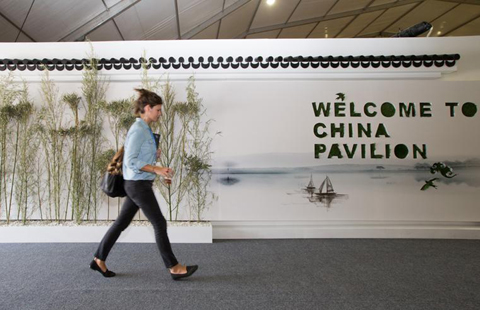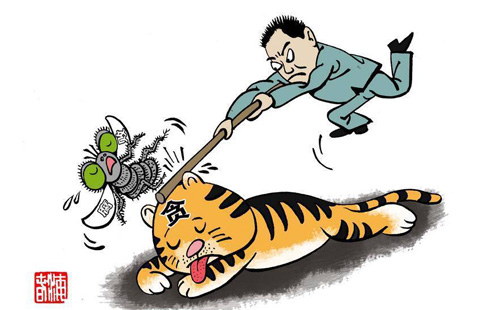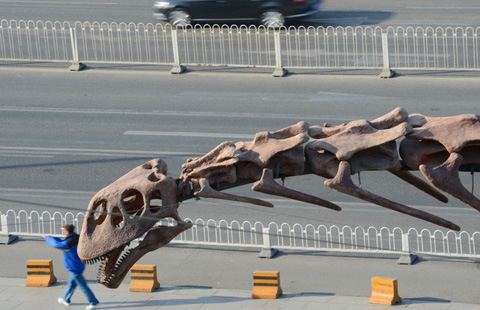
Beijing will join with its five provincial-level neighbors to build a unified platform that will monitor vehicle exhaust emissions in a bid to protect the environment.
It is the first regional joint supervision effort in China, municipal environmental officials said.
The combined effort, which is expected to include unified standards of evaluation and fines, may confront obstacles because of gaps in technology, expertise and financing ability within the group, some officials looking at possible regulations said on Tuesday.
The first regional monitoring center, which will cover six areas - Beijing and Tianjin municipalities, Hebei, Shandong and Shanxi provinces, and the Inner Mongolia autonomous region - will create a database that will combine information about vehicles in the region and help set priorities for pollution controls. The group will also look at how to share information more effectively.
"Then we will conduct joint management, including monitoring the emissions of new vehicles and vehicles that run for years, and impose fines under the unified standards," said Li Kunsheng, deputy leader of the project and director in charge of vehicle emissions at the Beijing Municipal Environmental Protection Bureau.
The final document about the new platform is expected to be released in a few days.
New vehicle standards are crucial in controlling excessive emissions at their source, Li said, adding that some companies have sold higher-emitting vehicles to neighboring areas that have weaker supervision.
"Around 200,000 vehicles from surrounding areas run through Beijing every day, with 5.5 million-plus vehicles registered in the capital already. So vehicle exhaust will contribute more to air pollution," Li said.
Under the unified system's new draft, if a vehicle registered in the region was found to exceed the emission standard in Beijing, the municipal environmental watchdog would send a notice to the place of origin and impose a fine based on the municipal regulation.
The joint supervision and unified punishment for polluting vehicles will help control pollution in Beijing, officials on the panel agreed on Tuesday. Those outside the capital were concerned about the feasibility of implementation because of financing limitations, technology and expertise.
"We need a larger team to perform the joint supervision with more training on the equipment to monitor exhaust," said Mi Hailiang, from the environmental protection bureau of Hebei province, adding that the team for exhaust emission has fewer than 50 members, far less than the 700-member team in Beijing.
The other four areas voiced similar difficulties. The punishment for excessive exhaust in Beijing is higher, making the larger fine from the capital hard to carry out.
An official from the Inner Mongolia autonomous region expressed confusion over which bureau, traffic or environmental protection, should provide the supervision and levy the fines, since the current monitoring belongs to different bureaus. There should be more regulations and laws to designate responsibility, the official said.
"In the long term, the unified platform is to make new joint laws, effective in the six areas," said Fang Li, deputy director of Beijing's environmental watchdog.
"It's always difficult for any project in the beginning, but we will continue to push it for better air quality," he said.
zhengjinran@chinadaily.com.cn
(China Daily 12/03/2014 page5)








